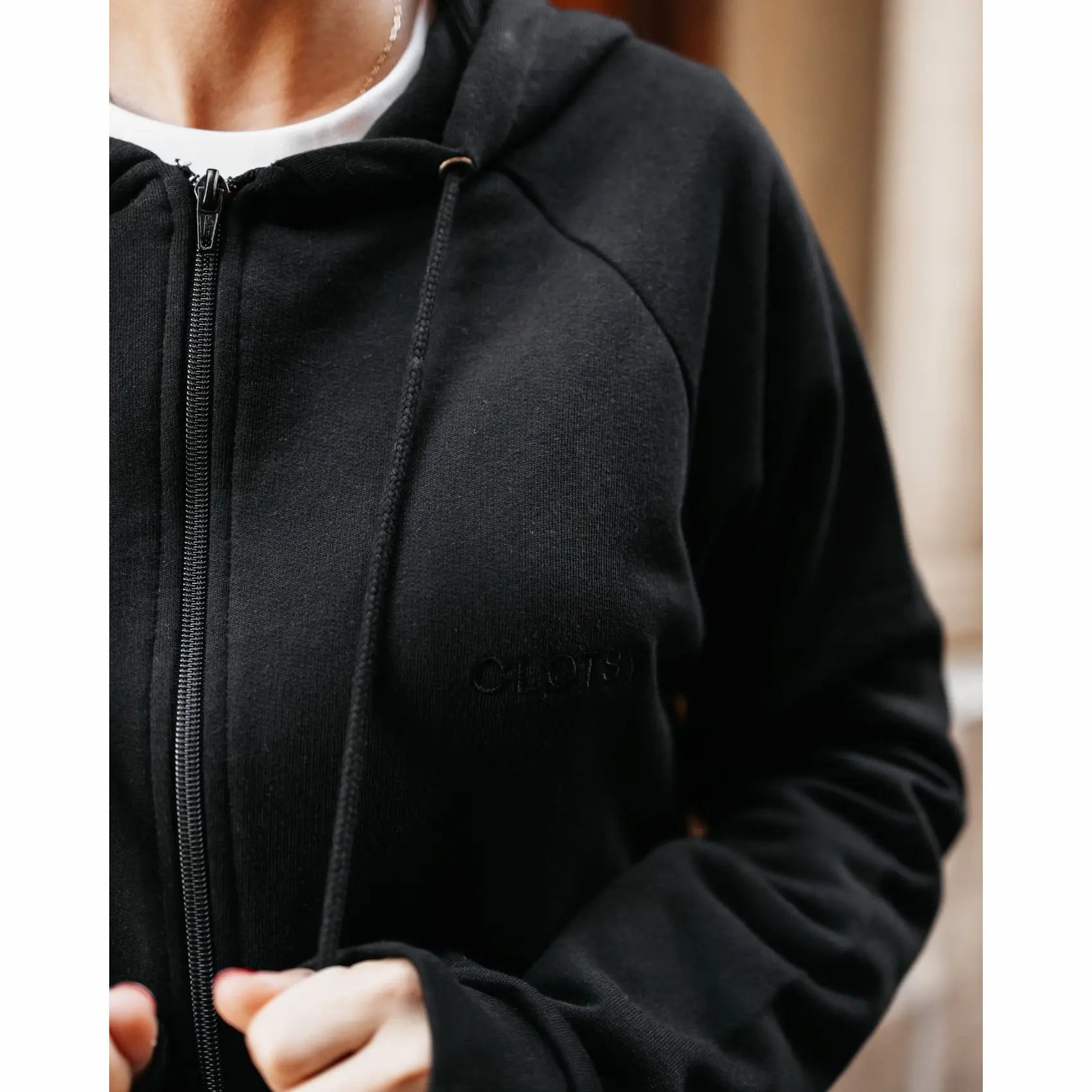Today we are here to talk about a topic that we find very interesting: how is recycled cotton produced? How do you turn a cotton garment back into a fibre from which to re-produce a fabric?
Sustainable fashion is a trend that is here to stay and more and more brands are striving to make the step towards sustainability.
Therefore is very important to distinguish between companies that really try and those who just want to give a false image of sustainability to sell more, you can take a look at our article about greenwashing and its examples.
But let's get to the point...
WHAT IS RECYCLED COTTON?
Recycled cotton can be defined as obtaining cotton fibres from cotton fabrics (either remnants or garments) that can be reused. It is also known as recovered or regenerated cotton. We can distinguish between two types of recycled cotton:
Pre-consumer recycled cotton
Its Cotton which is produced from scraps of fabric.
This means that when manufacturing a garment, that garment must be cut into its component parts, e.g. sleeves, front, back... When they are cut, there are scraps of fabric that are left over and cannot be reused, up to 20% of the total fabric ends up in the trash, it's an outrage, isn't it?
Well, pre-consumer recycled cotton manages to shred all those leftover scraps to turn them back into fabric.
Post-consumer recycled cotton
This cotton is produced from clothing that has reached the end of its useful life, such as jeans or 100% cotton T-shirts.
But now we have a problem, and that is that most of the recycled cotton that is produced is pre-consumer, and why? You may ask. Well, it turns out that the manufacturing process of post-consumer recycled cotton is very expensive due to two main problems:
- The material from which the recycled cotton is made must be 100% cotton, which means that we must separate everything that is not cotton from the garment: labels, buttons, the collars of T-shirts, etc. It is a manual process that is very costly to carry out on a large scale.
- On the other hand, there is an increasing tendency to use more and more synthetic fibres and to mix them with natural fibres such as cotton, making recycling impossible.
Recycled cotton production process
First, the fabrics are separated by colour and then, through a mechanical process, they are shredded to be converted back into cotton fibres. This shredding process is harsh and puts the fibres under stress that can cause them to break and tangle. These cotton fibres can then be used to produce recycled cotton yarn again.
The quality of the fibre may not be of virgin cotton quality, as the uniformity and length of the fibres will be affected, thus limiting the end-use application.
Benefits and challenges of recycled cotton
- Recycled cotton can be used for products such as insulation products, mops, rags, etc.
- The savings in energy, water and dye are very large because we are using products that have already been created. On the other hand, we avoid producing the raw material again, thus avoiding deforestation and the wear and tear on the land that this entails.
- Cotton, in order to produce higher quality fabrics such as textiles, must be blended with other fibres, so it cannot be infinitely recycled.
- The production cost of recycled cotton is higher than that of virgin cottons, so it is up to us, as consumers, to choose these fibres over others and opt for more sustainable consumption.
Conclusion
In short, the use of recycled cotton in the manufacture of new garments is a sustainable option that more and more people are demanding, also due to the fact that organic cotton consumes a large amount of water for its production.
It is also a fact that it currently has to be blended with other fibres in order to produce new garments.
So in order to be able to produce fabrics with recycled cotton we must mix it with virgin cotton or polyester. At Clotsy we find the option of recycled polyester very interesting. Since we convert single-use plastics (which were apparently rubbish) into garments with a much longer useful life than that bottle or bag that you barely use for a few minutes.
In short, recycled cotton is a very interesting fabric that still has a lot of potential to be exploited and that we will see more and more in our daily lives. Whenever we can choose sustainable options we should opt for this type of material.













Leave a comment